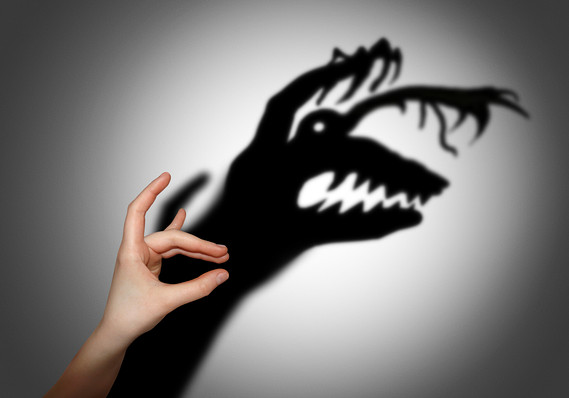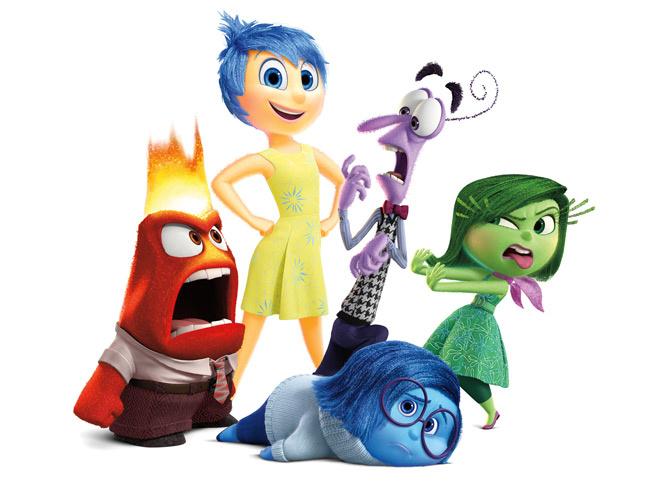Emotional Advertising – Making Consumers Feel
Consumers may not realise it, but brands often turn them into buyers through emotional advertising. Research has shown that while people believe they are making logical, rational buys, our emotions often greatly influence and determine our purchases. Our emotions from previous experiences lead us to create preferences in our decision-making process. As humans, we all have six core emotions: anger, disgust, fear, happiness, sadness, and surprise. We’ve gathered the most popular and influential emotions out of this list for you to put to the test with your brand.
Happiness
Happiness itself encompasses many other positive emotions and concepts such as youth, romance, and adventure. Happiness is made to make you feel good and as such, brands want to take advantage of this so consumers associate them with smiling and laughing. Take, for example, the newest ad from QANTAS – Introducing QANTAS Dreamliner.
Sadness
So maybe that QANTAS ad made you cry of happiness, but can you think of an ad that made you cry because it was just so heartbreaking that you became a blubbering mess? Sadness is most often used by companies looking to receive donations towards a charity. This means it not only appeals to customers because it’s sad, but it makes them want to buy so they have a sense of altruism. Check out this ad from a life insurance agency in Hong Kong called MetLife.
Fear
A seemingly happy-go-lucky ad about the relationship between man and best friend, this Budweiser ad takes a quick turn south as we are faced with the fear of leaving behind loved ones because of something so easily avoided. Thankfully, the ad ends on a happy note but still uses a scare tactic to induce our emotions.
Disgust
A great technique for brands that are designed to get rid of messes, insects or something that’s just disgusting in general. Big brands like Ajax and Mortein consistently use disgust in their ads to show that their product is capable of clearing whatever is causing that unpleasantness. Mortein themselves even introduced a character in 1957 called Louie the Fly who was created as a loveable rogue to help sell their product.
Honorable Mention
Heineken released an ad recently that uses emotional marketing to not so much sell their product but to take a political stand – which is always risky. Titled World’s Apart, this ad drives a mix of emotions that ends in a truly heart warming message. This ad provokes anger, disgust, fear, happiness, sadness and surprise. You know what that is? The six core emotions mentioned at the beginning of this article. A truly groundbreaking and inspiring ad.
Emotional advertising is used to make consumers feel smarter, more sophisticated, altruistic and other emotions connected to ego and self-esteem. It creates a trust in your brand. It gives them a sense of belonging and turns their wants into needs. Emotional advertising, put simply, is the ability to communicate powerfully through evoking emotions.
Want to drive conversions by taking advantage of emotional advertising? Call our expert marketing team at SponsoredLinX today on 1300 859 600!






